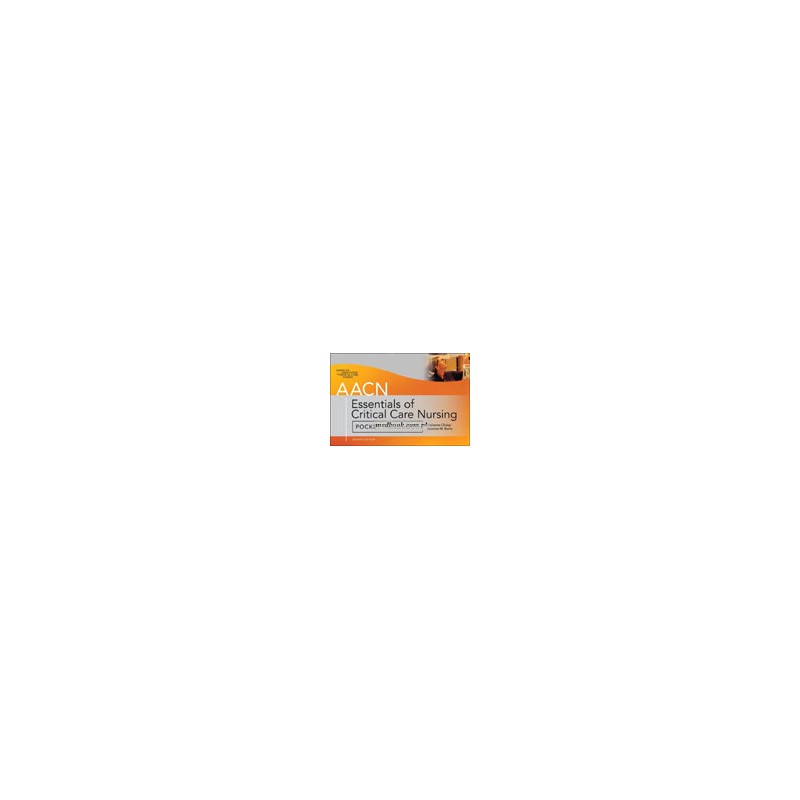- Reduced price

Order to parcel locker

easy pay


 Delivery policy
Delivery policy
Choose Paczkomat Inpost, Orlen Paczka, DHL, DPD or Poczta Polska. Click for more details
 Security policy
Security policy
Pay with a quick bank transfer, payment card or cash on delivery. Click for more details
 Return policy
Return policy
If you are a consumer, you can return the goods within 14 days. Click for more details
Essential Data Critical Care Nurses Must Know
Endorsed by the American Association of Critical-Care Nurses, this go-anywhere handbook features tables and figures that encapsulate all the information required to give safe and effective care to critically ill patients.
Contents include:: Critical Care Drug Tables • Normal Values for Laboratory Tests and Physiologic Parameters • Lists of Assessment Components • Cardiac Rhythms:: ECG Characteristics and Treatment Guides, Including Sample Rhythm Strips • 12-Lead ECG Changes in Acute Myocardial Ischemia and Infarct • Troubleshooting Guide for Hemodynamic Monitoring Equipment • Indications for Mechanical Ventilation • Weaning Assessment Tool • ACLS Algorithms.
Data sheet
